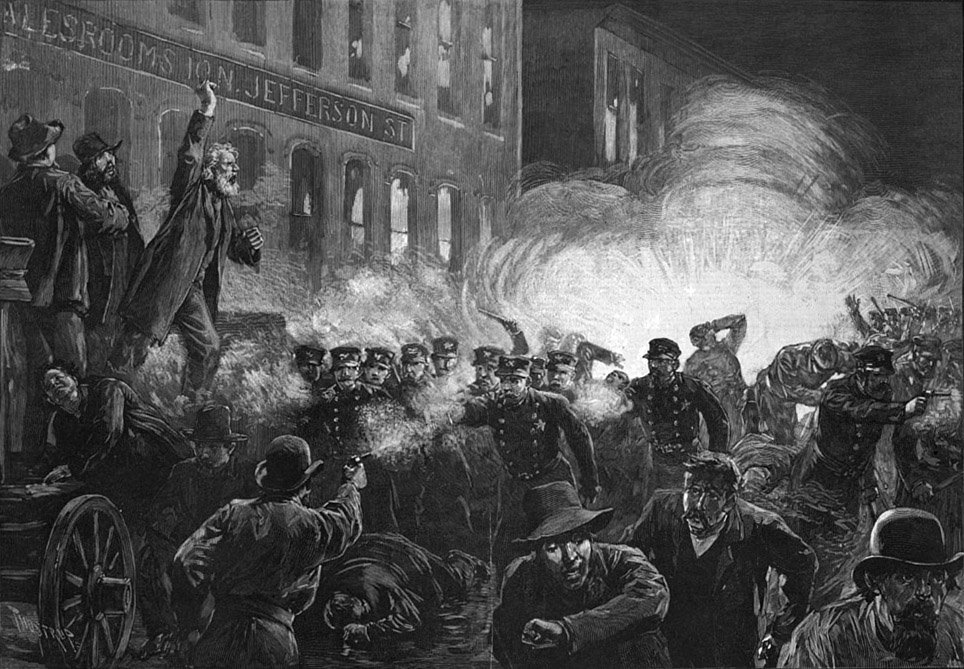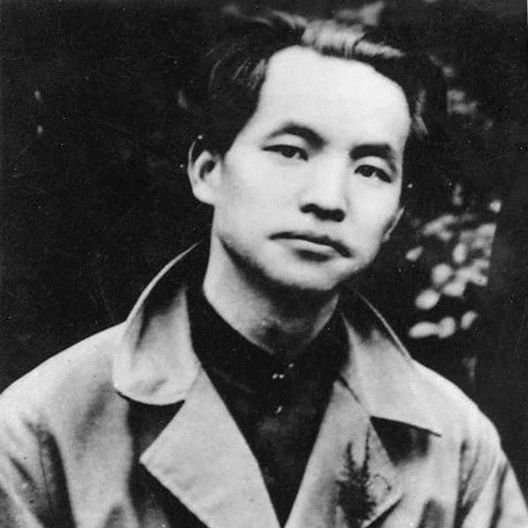Heroes of Socialist Labor: Today Is YOUR Day to Celebrate!
The May 1 Labor Day holiday is upon us. Unofficially, it's the start of summer here in Beijing. Officially, it’s a four-day holiday this year but since one of those days is a Saturday and everybody is forced to work on the Sunday before (Apr 28) and after (May 5), it’s more like a two-day holiday or, as it is known in much of the world, a weekend.
A less than Golden history
In May 2000, the Labor Day holiday was made one of the seven-day “Golden Weeks.” Along with Spring Festival and the Oct 1 National Day Holiday, the idea was to give China’s consumer class a few extra days to travel, spend money, and goose the economy.
Sadly, in 2008 the decision was made to demote the May 1 holiday from Golden to Bronze status, by taking away four of its days and redistributing them around the calendar. The beneficiaries were the traditional holidays of Dragon Boat Festival (端午节 Duanwu Jie) in June, Tomb Sweeping Festival (清明节 Qingming Jie) in the spring, and the Mid-Autumn Festival (中秋节 Zhongqiu Jie).
The international origins of Labor Day
The origins of the May 1 holiday in China actually go back to the early days of the international labor movement in Europe and North America. In 1882, labor activist Matthew Maguire proposed the first Monday of September as a Labor Day holiday to celebrate the labor of industrial workers in the United States. While scholars still debate who should get the credit for the idea (some argue that it was labor leader P.J. McGuire, vice president of the American Federation of Labor), by 1894 the first Monday in September was recognized as an official holiday in the United States.
One reason the US government was anxious to establish Labor Day in the late summer was to head off more radical proposals to celebrate Labor Day on May 1 which by the late 19th century had become an important date in the growing worldwide socialist and anarchist movements.
Despite the government's efforts, in October 1884, the Federation of Organized Trades and Labor Unions of the United States and Canada called for a general strike to start on May 1, 1886, in support of an eight-hour workday. At the time, 12-16 hour days were pretty common, kind of like in Zhongguancun (#996.icu). All across the United States, hundreds of thousands of workers went on strike.

In Chicago, up to 40,000 people joined the protests, and on May 3, demonstrators clashed with workers crossing the picket lines at the McCormick Harvesting Machine Company. Violence erupted and Chicago police used force to disperse the striking workers. At a rally the following evening at Haymarket Square, somebody threw a bomb at police, and the police fired into the crowd. When it was all over, seven police officers and four workers had been killed. Many more had been wounded and hundreds of labor organizers and their supporters were rounded up by the authorities. After a trial in which the courts were already primed to stamp out “anarchists and agitators,” 15 people were sentenced to death and four people were ultimately hanged.
Labor day in China
On May 1, 1920, a special issue of the influential journal of ideas New Youth (新青年 Xin Qingnian) celebrated Labor Day with a rock star lineup of May Fourth-era intellectuals including Peking University Chancellor Cai Yuanpei (蔡元培), PKU’s favorite Bolshy library Li Dazhao (李大钊), and Chen Duxiu (陈独秀), editor of the journal and who would a year later along with Li Dazhao help found China’s Communist Party in 1921.

This coincided with meetings and rallies this year and in 1921 and 1922 where Li, Chen, and labor activist Deng Zhongxia (邓中夏), among many others, sought to organize unions, establish educational centers for laborers, and advocate for better conditions for Chinese industrial workers including an eight-hour workday.
To honor this early phase in the history of socialism in China and as a gesture of solidarity with international labor movements, May 1 was enshrined as an official holiday in the new PRC in December 1949, and it remained a single-day holiday for the next five decades (minus those inconvenient years in the middle when nobody got a day off) until the Golden Week experiments of the 2000s.
So on May 1, take a break, put your feet up and enjoy the fruits of your labor by with a lazy day of eating take-out and online shopping... well, lazy for you that is. There’s still the 19-year-old kid from Henan who has no idea its a holiday as he risks his life to bring you your pizza and the funny “cat fur slippers and robe set” you found on Taobao. But don’t worry, I’m sure he appreciates that you appreciate the history of labor organizing in his country.
READ: Meet the Great Chinese Women Your History Teacher Forgot to Mention
Images: Mashable, Harper's Weekly, Sohu







